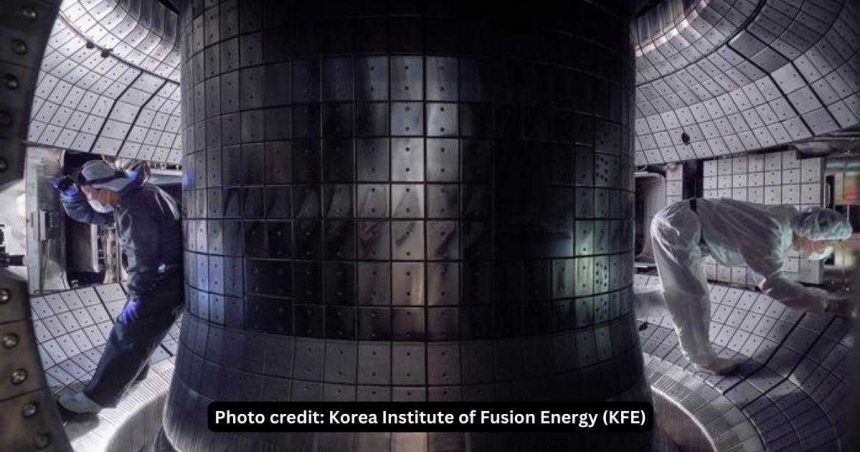In a momentous advancement for fusion energy research, the Korean Fusion Reactor, known as KSTAR, has broken previous records by maintaining a temperature of 100 million degrees Celsius for an impressive duration of 48 seconds. This accomplishment represents a significant milestone in the pursuit of harnessing nuclear fusion energy, bringing us closer to the realization of clean, endless power generation.
Fusion, the process powering stars, offers immense potential as a sustainable energy source on Earth. However, replicating this process in controlled environments has posed a significant challenge. KSTAR, often called the Korean artificial sun, leads the way in fusion research, utilizing innovative technologies to unlock the mysteries of nuclear fusion.
Key to KSTAR’s success is its ability to sustain temperatures seven times hotter than the Sun’s core, made possible through the use of a tokamak system. Tokamaks, donut-shaped reactors, confine hot plasma within magnetic fields, creating ideal conditions for nuclear fusion.
Understanding Fusion and KSTAR’s Operation: Fusion involves light atomic nuclei combining to form heavier nuclei, releasing immense energy in the process. This phenomenon powers stars by converting hydrogen into helium through nuclear reactions. Fusion holds promise as a clean and limitless energy source without producing greenhouse gas emissions or radioactive waste.
KSTAR and Its Significance in Fusion Research: KSTAR, the Korea Superconducting Tokamak Advanced Research, is a leader in fusion energy research. Located at the Korea Institute of Fusion Energy, KSTAR aims to replicate fusion processes found within stars. Since its inception, KSTAR has been at the forefront of fusion experimentation, pushing scientific boundaries.
Tokamak Systems and Fusion Relevance: Central to KSTAR’s operation is the tokamak system, confining and controlling hot plasma using magnetic fields. Hydrogen isotopes are heated to extreme temperatures within the tokamak, forming a plasma state. This design creates conditions similar to those in stars’ cores, where fusion reactions occur naturally.
Evolution of KSTAR’s Achievements: KSTAR has made impressive strides since its establishment. From sustaining fusion temperatures for 100 million degrees Celsius for 1.5 seconds in 2018 to extending plasma confinement to 20 seconds in 2020, KSTAR has demonstrated significant progress in fusion research.
Latest Achievement and Impact of Upgraded Components: KSTAR recently achieved a groundbreaking feat by sustaining fusion temperatures for 48 seconds. Enhanced components, like the tungsten divertor environment, played a crucial role in achieving this milestone by improving heat dissipation and reactor stability.
Future Prospects and Role of KSTAR: Looking ahead, fusion researchers aspire to extend the duration of burning plasma, with the goal of sustaining it for 300 seconds by 2026. KSTAR and similar testbed reactors play a vital role in advancing fusion technology, paving the way for future commercial fusion reactors.
Through collaboration and dedication, the KSTAR project showcases the commitment to advancing fusion technology and realizing a sustainable energy future.






